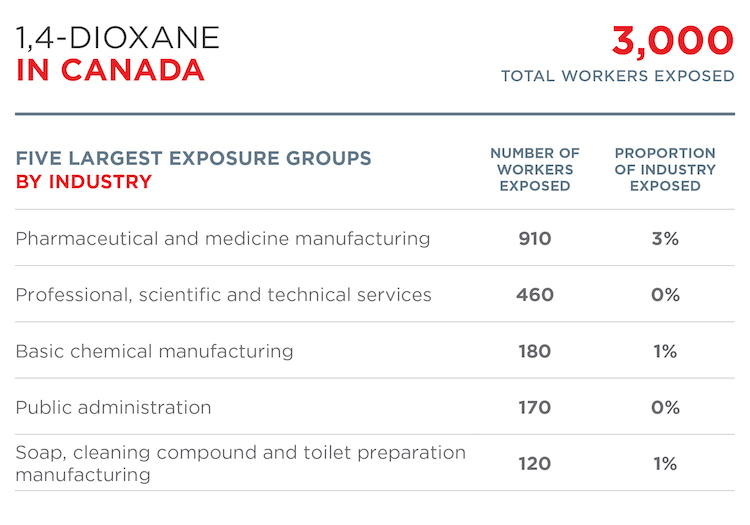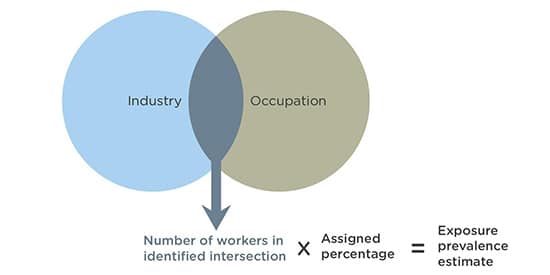1,3-Butadiene – Resources

1,3-Butadiene Resources
Package summaries
Tools
Publications
- Larsen K, Black P, Palmer AL, Sheppard AJ, Jamal S, Plain S, Peters C. “Screening-level assessment of cancer risk associated with ambient air exposure in Aamjiwnaang First Nation.” Int J Environ Health Res 2020:1-12.
- Peters CE, Ge CB, Hall AL, Davies HW, Demers PA. “CAREX Canada: an enhanced model for assessing occupational carcinogen exposure.” Occup Environ Med 2015;72(1):64-71.
- Setton E, Hystad P, Poplawski K, Cheasley R, Cervantes-Larios A, Keller CP, Demers PA. “Risk-based indicators of Canadians’ exposures to environmental carcinogens.” Environ Health 2013;12(1):15.
Videos
- CAREX Environmental Estimates Overview
- CAREX Occupational Estimates Overview
- CAREX eWORK Tool Overview
Other
Exposure Reduction
Our team has performed a detailed scan of exposure control resources and assembled a compilation of key publications and resources. These are organized by type of exposure (environmental or occupational) and by specificity (general or carcinogen-specific). Please visit our Exposure Reduction Resources page to view.
We also recommend exploring the Prevention Policies Directory, a freely-accessible online tool offering information on policies related to cancer and chronic disease prevention. Providing summaries of the policies and direct access to the policy documents, the Directory allows users to search by carcinogen, risk factor, jurisdiction, geographical location, and document type. For questions about this resource, please contact a member of the Prevention Team at the Canadian Partnership Against Cancer at primary.prevention@partnershipagainstcancer.ca.
Subscribe to our newsletters
The CAREX Canada team offers two regular newsletters: the biannual e-Bulletin summarizing information on upcoming webinars, new publications, and updates to estimates and tools; and the monthly Carcinogens in the News, a digest of media articles, government reports, and academic literature related to the carcinogens we’ve classified as important for surveillance in Canada. Sign up for one or both of these newsletters below.
CAREX Canada
School of Population and Public Health
University of British Columbia
Vancouver Campus
370A - 2206 East Mall
Vancouver, BC V6T 1Z3
CANADA
As a national organization, our work extends across borders into many Indigenous lands throughout Canada. We gratefully acknowledge that our host institution, the University of British Columbia Point Grey campus, is located on the traditional, ancestral and unceded territories of the xʷməθkʷəy̓əm (Musqueam) people.









